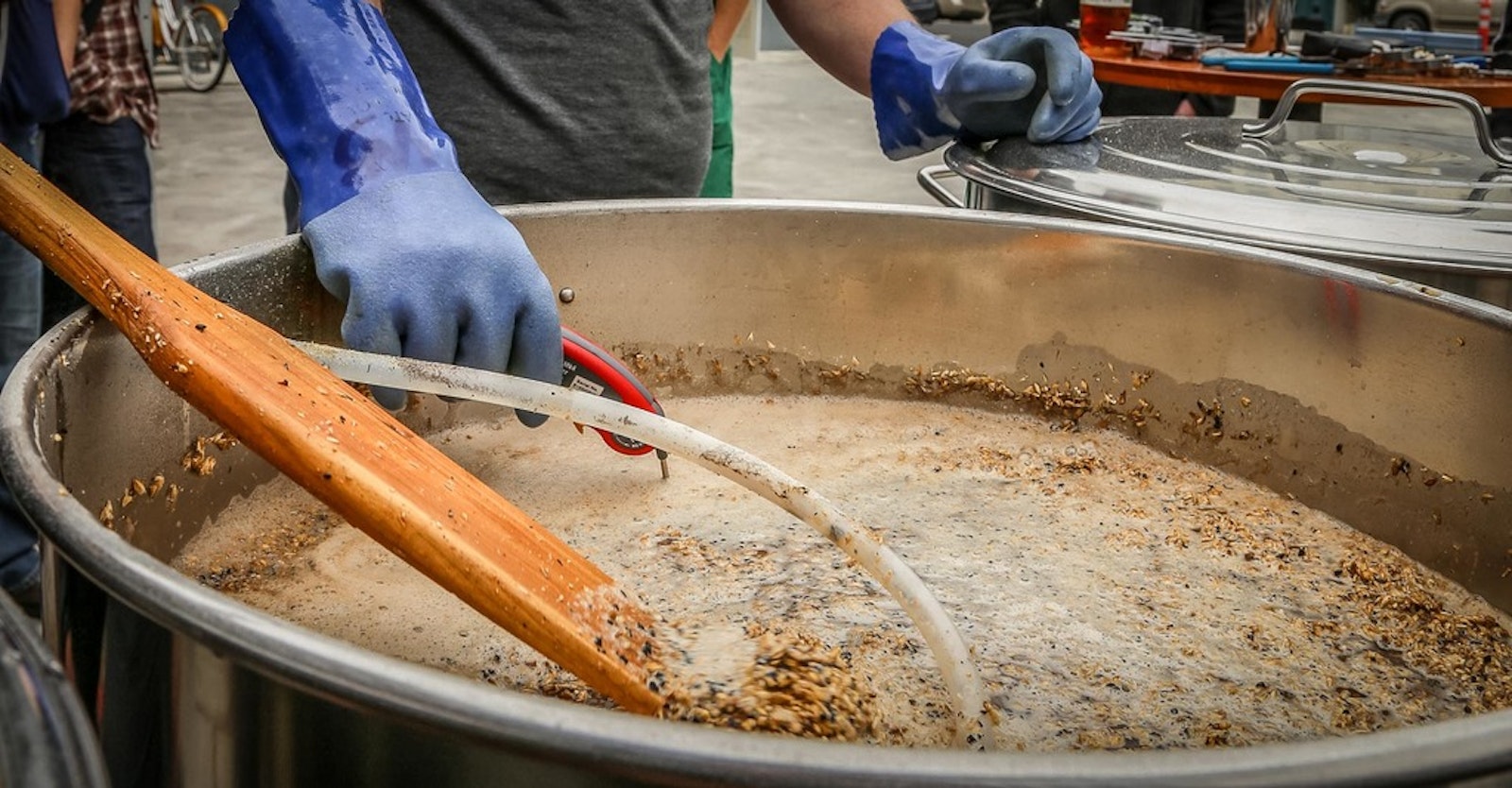Low original gravity and low efficiency numbers are often a problem for new all-grain brewers. Once you understand that “efficiency” quantifies how much sugar you get out of your grain relative to how much is actually there for the taking, you’ll begin to see how several factors can affect your efficiency.
One thing I always recommend is to make sure you are measuring volumes and gravities as you go through each step in the brewing process. Even little things, such as finishing with a larger-than-expected volume, can really throw off your gravity and efficiency numbers.
Assuming that your volumes are good, the next thing I would look at is the way you are crushing your grains. Many first time all-grain brewers don’t crush their grains enough, resulting in low efficiency numbers. Ideally, you should use a dual-roller malt mill. The interior of the grain should be crushed to a pretty fine powder, but large pieces of the hull should remain intact. Those large pieces of the hull will serve as a filter bed for the fine grain bits, giving you good efficiency without a stuck mash.
Next, you want to look at your sparge. You want to sparge slowly with reasonably hot water (near 168° F/75°C, but no higher or you risk extracting unwanted tannins). Taking it slow is ideal because it gives the water more contact time to absorb the sugars and it improves the flow through the grain bed.
Finally, be sure to look at losses throughout your system. Mash tun deadspace, losses to trub in the kettle, and top up water additions that dilute the beer are all places where you can lose wort and gravity points, reducing your overall system efficiency.
Those are a few items to look at, but you will also see your numbers improve as you gain experience and get more all-grain brews under your belt.

